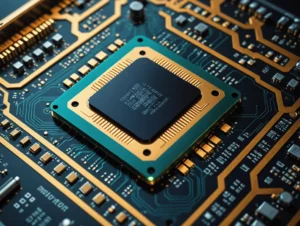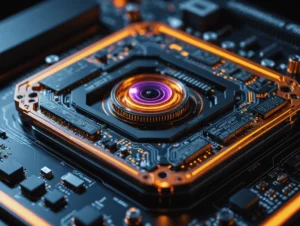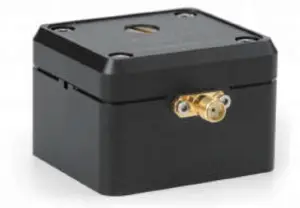III-V materials are compound semiconductors made from elements in Group III (13) and Group V (15) of the periodic table. Examples include:
| Group III Elements | Group V Elements | Common III-V Compounds |
|---|---|---|
| Boron (B) | Nitrogen (N) | Gallium Nitride (GaN) |
| Aluminum (Al) | Phosphorus (P) | Gallium Arsenide (GaAs) |
| Gallium (Ga) | Arsenic (As) | Indium Phosphide (InP) |
| Indium (In) | Antimony (Sb) | Aluminum Gallium Arsenide (AlGaAs) |
These materials differ from silicon (a Group IV element) in that they often have direct bandgaps and superior electron mobility, making them ideal for high-speed, high-frequency, and optoelectronic applications.
Key Properties of III-V Materials
- Direct bandgap: Efficient light emission (ideal for lasers and LEDs).
- High electron mobility: Enables faster signal processing.
- Radiation hardness: Useful in space applications.
- Tailorable properties: Through alloying (e.g., AlGaAs, InGaAs).
Applications of III-V Materials
| Application Area | Examples & Details | Common Materials Used |
|---|---|---|
| Optoelectronics | LEDs, Laser Diodes, Photodetectors | GaAs, InP, GaN |
| Solar Cells | High-efficiency, multi-junction solar cells (space applications) | GaAs, InGaP, InGaAs |
| RF & Microwave Devices | HEMTs, MMICs, 5G base stations, radar systems | GaAs, InP, AlGaN/GaN |
| High-Speed Electronics | Transistors, ICs for GHz communication | GaAs, InP |
| Power Electronics | High-voltage, high-frequency power switching | GaN |
| Quantum Devices | Qubits, single-photon sources, quantum cascade lasers | InAs, GaSb, InGaAs |
| Infrared Optics | Thermal imaging, night vision, spectroscopy | InSb, GaSb |
Example: Why GaN is Popular in Power Electronics
- GaN has a wide bandgap (~3.4 eV) → allows high voltage handling, low power loss, and high efficiency.
- Used in power supplies, electric vehicles, and 5G RF amplifiers.





